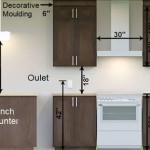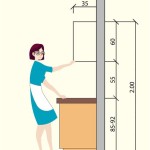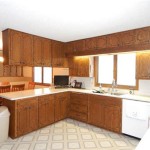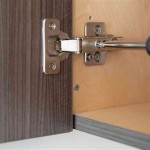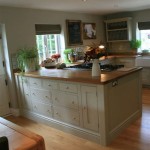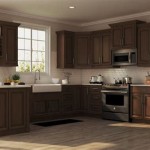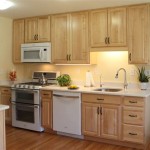How to Glaze Kitchen Cabinets: Essential Aspects
Glazing kitchen cabinets is a transformative technique that can elevate the aesthetics and durability of your kitchen space. Understanding the essential aspects of this process is paramount for achieving a successful outcome.
Surface Preparation: Proper preparation involves sanding, cleaning, and priming the cabinet surfaces to ensure optimal adhesion and a smooth finish.
Glaze Selection: Choose a glaze that complements the cabinet color and desired finish. Water-based acrylic glazes are easy to apply and offer translucency for subtle effects.
Application Techniques: Glazing can be applied using a brush, sponge, or rag. Use circular motions and overlap the strokes for even coverage.
Drying Time: Allow ample time for the glaze to dry thoroughly. Drying times vary depending on the glaze type and humidity levels.
Sanding and Sealing: After drying, lightly sand the glazed surface to smooth out any brush strokes. Seal the glaze with a polyurethane or clear wax to protect it from damage.
Hardware Selection: Replace old hardware with new pieces that harmonize with the glazed finish. Consider pulls and handles that match the glaze color or add a contrasting touch.
Maintenance and Upkeep: To maintain the beauty of your glazed cabinets, clean them regularly using mild soap and water. Avoid abrasive cleaners or harsh chemicals.
By following these essential aspects, you can successfully glaze your kitchen cabinets, creating a customized and visually stunning space.

How To Glaze Kitchen Cabinets Diyer S Guide Bob Vila

How To Glaze Kitchen Cabinets Diy Network

How To Glaze Kitchen Cabinets

How To Glaze Kitchen Cabinets Diyer S Guide Bob Vila

How To Glaze Cabinets At Home With The Barkers

How To Glaze Cabinets At Home With The Barkers

How To Glaze Cabinets At Home With The Barkers

3 Great Reasons To Glaze Your Kitchen Cabinets

Cabinet Glazing What Is It And Right For Your Kitchen

How To Glaze Cabinets At Home With The Barkers
Related Posts

